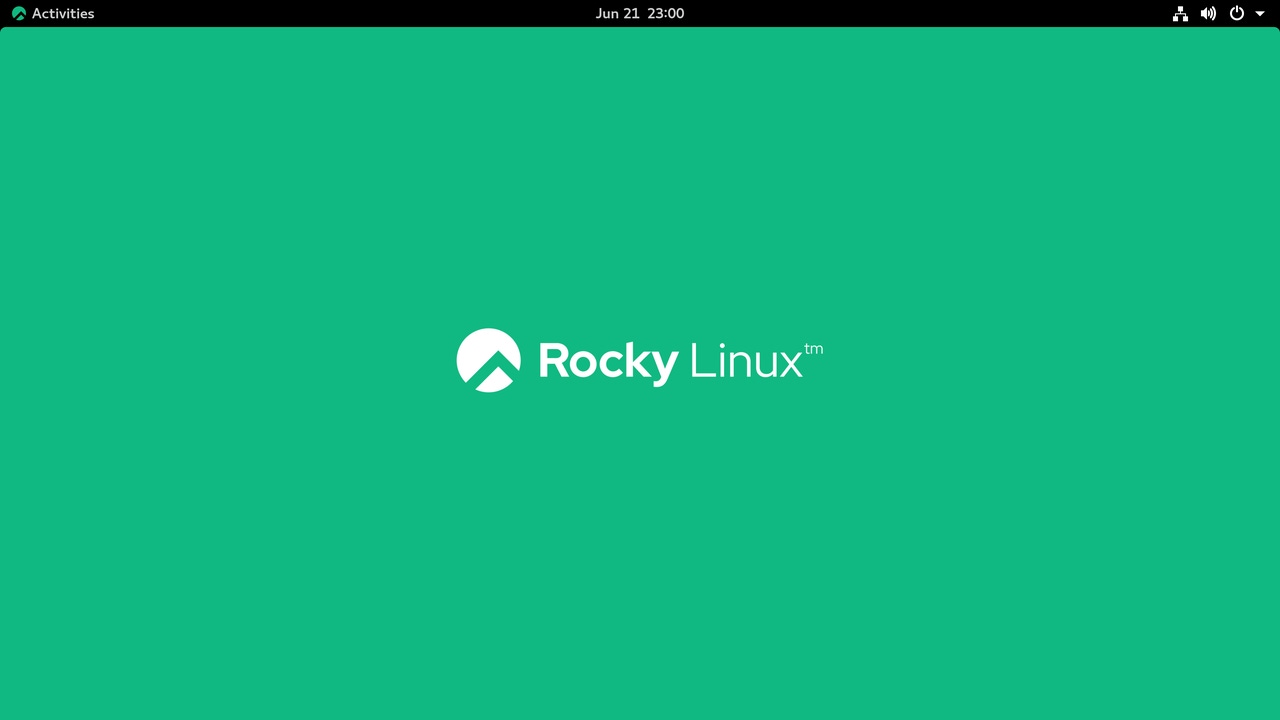Rocky Linux Releases Its RHEL 9 Clone and a Build PlatformRocky Linux Releases Its RHEL 9 Clone and a Build Platform
The distribution isn't winning any speed records, rolling out Rocky Linux 9 about two months after RHEL 9’s release. It makes up for it by introducing the Peridot build platform.
July 15, 2022

A little late out of the gate, the Rocky Enterprise Software Foundation announced on Thursday that it has released Rocky Linux 9, a Linux distribution that's a feature-for-feature clone of Red Hat Enterprise Linux. Rocky Linux 9 is for those who need to run the latest and greatest version of RHEL but don't want to pay Red Hat for a support subscription.
In addition to x86 and Arm, which Rocky Linux has always supported, the new release adds support for IBM Power and Z systems. The expanded support gives the distribution parity with not only RHEL but with AlmaLinux, Rocky Linux’s main competitor.
Rocky Linux and Alma seek to fill the void left behind by the demise of CentOS as a downstream clone of RHEL. For nearly 20 years, CentOS was the de facto RHEL drop-in replacement distro, until Red Hat quit supporting it in that role last year and moved it upstream of RHEL under the name CentOS Stream.
Others vie for traction in this space, including Oracle Linux, which is also based on RHEL but with the option to use Oracle's own "unbreakable" kernel.
Peridot Build System Also Released
Alongside version 9 of its flagship Linux distro, the Rocky Enterprise Software Foundation introduced Peridot, a platform developed by CIQ (the company that officially owns Rocky Linux) to build the new Linux release.
"With Rocky version 8, we used Koji, the Fedora build system. But, with version 9, CIQ has created a completely cloud-native build stack called Peridot, which we have given to the RESF and released as open source to the world,” said Gregory Kurtzer, CEO of CIQ and founder of RESF, in a statement. “Peridot allows anyone to recreate, build, enhance, and manage Rocky Linux as we do."
According to the Rocky folks, Peridot will allow new versions of Rocky to be pushed out the door within a week after new versions of RHEL are released. The speed is important considering that AlmaLinux has so far outperformed Rocky in that area. AlmaLinux 9 was released on May 26, only eight days after the release of RHEL 9.
AlmaLinux made its own build system, ALBS (AlmaLinux Build System), available in late June.
What's Inside Rocky Linux 9
Rocky Linux 9 comes with some notable security and networking changes.
In security, updates include the following:
The use of SHA-1 message digest for cryptographic purposes has been deprecated, as the cryptographic hash functions produced by SHA-1 are no longer considered secure.
OpenSSL is now version 3.0.1 with many improvements, including provider concept; new versioning scheme; an improved HTTP(S) client; support for new protocols, formats, and algorithms; and more.
OpenSSH is now version 8.7p1 and offers many improvements, most notably the replacement of the SCP/RCP protocol with the SFTP protocol, which provides more predictable filename handling.
Rocky Linux 9 substantially improves SELinux performance, memory overhead, and time to load.
Version 9 supports automatic configuration of compliance settings for PCI-DSS, HIPAA, DISA, and others directly through the Anaconda installer.
Rocky Linux 9 networking features include:
Mptcpd, or MultiPath TCP Daemon, can be used instead of iproute2 to configure MultiPath TCP endpoints.
NetworkManager now uses key files to store new connection profiles as a default but still supports the use of ifcfg.
Iptables-nft and ipset are now deprecated, which included the utilities, iptables, ip6tables, ebtables, and arptables. These are all replaced by the nftables framework.
Network-scripts package has been removed. The NetworkManager can be used to configure network connections.
Complete release notes can be found on Rocky's Linux's website.
All This and a Desktop, Too
Although Rocky Linux is primarily designed for server use, it ships with GNOME 40 as the default desktop environment, with redesigned core apps, settings, and user interface to make it easy to use as a desktop operating system.
Improvements to the desktop experience include the ability to mute notifications by selecting "Do Not Disturb." In addition, each screen can use a different refresh rate, and the Activities programs allow users to group application icons into folders using drag-and-drop.
Rocky Linux 9 will be supported until May 31st, 2032.
About the Author
You May Also Like








.jpg?width=700&auto=webp&quality=80&disable=upscale)
